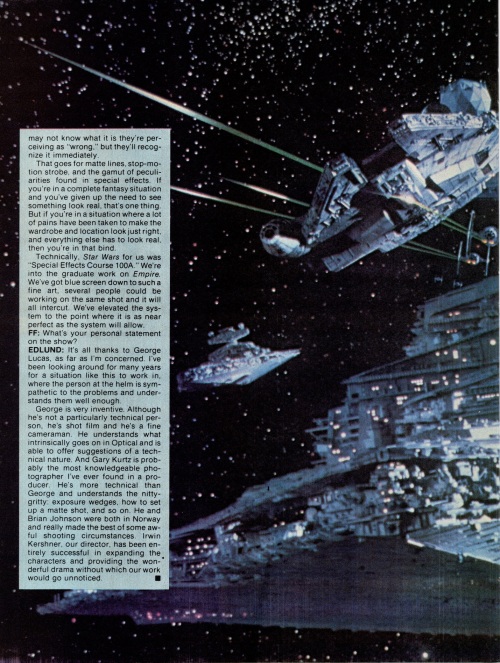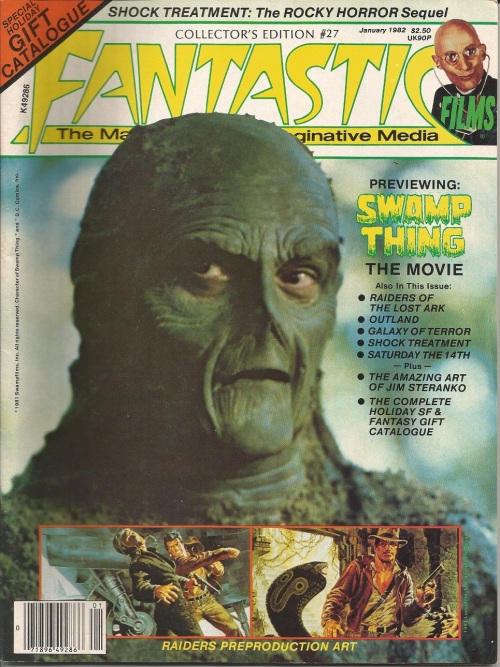



Thundarr the Barbarian is, hands down, the greatest American cartoon of the 1980s. Here’s why.
(1) In the opening sequence alone, set to the darkest, most epic cartoon theme song of all time, the Moon blows up, the Earth is ravaged by tidal wave, volcanic eruption, and earthquake—“man’s civilization is cast in ruin.” Then, 2000 years later, we see the “reborn” planet, now ruled by “savagery, super science, and sorcery.” (Yeah, super science.) A massive ocean liner, illuminated by the riven moon, sticks lengthwise out of the jungle muck into the fuming, noxious atmosphere. A masked wizard conjures up a slimy, Lovecraftian demon. Thundarr, a barbarian slave, “bursts his bonds” and vows to fight for justice, waving around his “fabulous Sunsword” from the back of a white steed. Ookla the Mok is a giant, foul-tempered raccoon with fangs and a mane. Princess Ariel is a bad-ass, raven-haired sorceress.
This ain’t Super Friends, kids.
(2) The show was and is a pretty sophisticated combination of literary (When Worlds Collide, Robert E. Howard’s Conan and Solomon Kane stories, Jack Kirby’s Kamandi) and cinematic/television (Star Wars, Planet of the Apes, Seven Samurai, Kung Fu, The Lone Ranger) sources. It also predates Escape from New York and The Road Warrior, two brilliantly realized post-apocalyptic visions that have been imitated (but never bested) ever since.
(3) Alex Toth (Space Ghost, The Herculoids) designed the three main characters, while Jack Kirby (‘Nuff said) designed the secondary characters, many of the sets and backgrounds, and the Sunsword.
(4) Like the early marvel creations of Stan Lee, Jack Kirby, and Steve Ditko, Thundarr is grounded in the Western mythic tradition. The idea of the wandering hero goes back to Odysseus and especially the knight-errant (errant, from the Latin itinerant, means “traveling”) of the Medieval romance. I don’t want to overstate the importance of a cartoon about a barbarian wearing a fur monokini, but there is something of the heroic in the series, as Thundarr and his friends somberly wander the festering ruins of America seeking out the dispossessed and persecuted. Nothing lasts forever, they know, and danger is everywhere, but they choose to do what good they can with the time they’ve got.
The article above features some dazzling pre-production art from Kirby and Toth, and Thundarr co-creator (with Joe Ruby) Steve Gerber comes off as a really intelligent, quick-witted guy who is struggling to overcome serious creative restrictions. I didn’t know just how strict the censors were at the time, so I’ll quote him on it:
The Program Practices will still not allow our main character to throw a punch or to hit anybody… The criteria seems to be what children can emulate. If Thundarr sticks out his foot and trips a couple of werewolves, that’s emulable… If, on the other hand, Thundarr picks up a boulder and throws it in the path of the werewolves, thereby tripping them up, that’s not emulable, and we’re allowed to do that…
The big thing that we’ve had to overcome is that the censors tend to treat children as if they’re not just morons, but lunatics, potentially dangerous creatures.
And Thundarr’s sword posed a problem, since “knives and other sharp objects are outlawed on Saturday morning.” (The last drawing on the first page shows our hero holding a metal sword.) They couldn’t do a laser sword because of Star Wars, so they went with a “lightning sword.” I had just assumed all these years that they were trying to emulate the lightsaber.






























